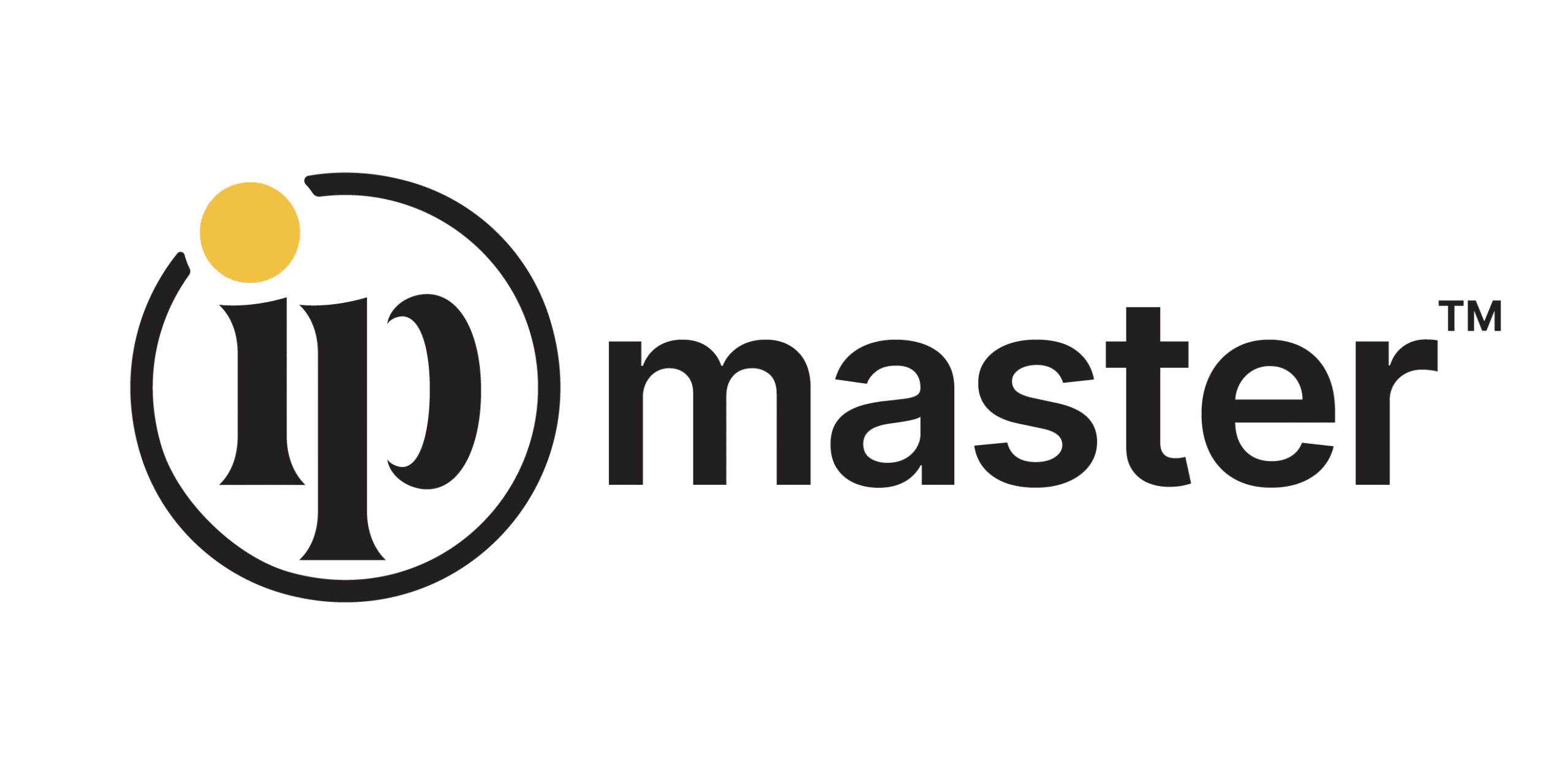What Is a Trademark Objection and How to Handle It Confidently
June 15, 2025
IP Master

Filing a trademark application is just the beginning of securing your brand legally. One of the most common hurdles in the process is receiving a trademark objection from the Trademark Registry. For many applicants, this notice can cause confusion or concern but with the right guidance, it can be handled effectively.
This article explains what a trademark objection is, why it happens, and how to respond strategically to move your application forward.
What Is a Trademark Objection?
A trademark objection is an initial refusal raised by the Examiner during the examination of your application. It does not mean that your application is rejected. Instead, it means that the Registry has found one or more legal grounds on which your mark may not be eligible for registration unless you respond with a convincing reply.
Common Grounds for Objection
Trademark objections are typically issued under Section 9 or Section 11 of the Trade Marks Act, 1999.
1. Absolute Grounds (Section 9)
These objections relate to the inherent nature of the mark. Common reasons include:
- The mark is too generic or descriptive
- It lacks distinctiveness
- It is deceptive or offensive
- It indicates the kind, quality, or intended purpose of the goods or services
2. Relative Grounds (Section 11)
These objections relate to conflict with existing trademarks. Common reasons include:
- The mark is identical or deceptively similar to a registered mark
- It may cause confusion or mislead consumers
- It affects the reputation of a well-known brand
- The mark is too generic or descriptive
How Will You Know If Your Trademark Is Objected?
Once the Registrar examines your application, the status will be updated to “Objected” in the Trademark Registry portal. A formal Examination Report will be issued, detailing the grounds for objection.
It is essential to act promptly because you are typically required to file a response within 30 days from the date of issuance.
How to Handle a Trademark Objection Confidently
1. Understand the Objection Clearly
Review the examination report carefully. Identify whether the objection is under Section 9, Section 11, or both. Sometimes, the language may be technical, so professional interpretation is important.
2. Prepare a Strategic Reply
Your reply should include:
- A legal explanation addressing the objection
- Supporting case laws or precedents
- Proof of prior usage, if applicable (sales invoices, website screenshots, promotional materials)
- A declaration or affidavit, when needed
Avoid generic responses. Every objection should be handled with a well-drafted, customized reply.
3. Submit Your Reply on Time
File your response online through the official IP India portal within the prescribed time. If the reply is not submitted within the deadline, the application may be marked as abandoned.
4. Be Prepared for a Hearing
If the Registrar is not satisfied with the reply, they may issue a show-cause hearing notice. This is your opportunity to present arguments in person or through a trademark agent or attorney.
A strong, well-reasoned oral submission can often turn the outcome in your favor.
What Happens Next?
If the Registry is convinced by your reply or hearing submission, the mark proceeds to advertisement in the Trademark Journal. If no opposition is filed during the journal period, the mark moves forward to registration.
If the objection is not overcome, the application may be refused though you may still file a review petition or appeal.
Conclusion
Trademark objections are common, but they are not the end of the road. With timely action, expert drafting, and a clear understanding of the law, most objections can be resolved successfully.
At IP Master, we specialize in objection handling and hearing representation. With experience across hundreds of objections, we provide focused legal support to help your trademark move toward registration confidently and efficiently.
Need help responding to a trademark objection? Get in touch for a review and expert reply drafting.
